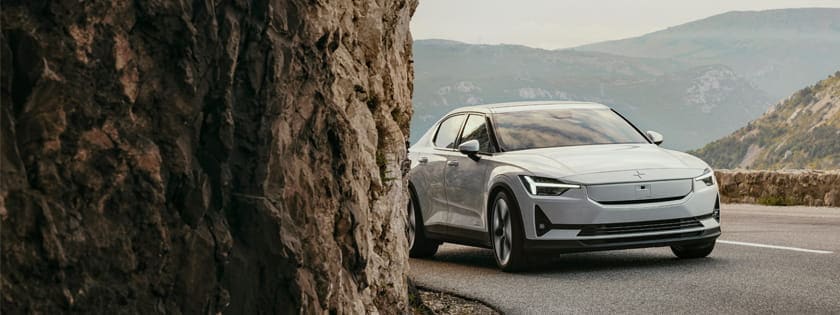- It's all in the launch control
- Our Model Y finally has a worthy SUV challenger
- The result, depending on your perspective, is a win for everyone
Our 2020 Tesla Model Y Performance has a nearly perfect record when it comes to drag races. Left in its electric wake are brawny performers including the Jeep Cherokee Trackhawk, BMW X3 M, Mercedes-AMG GLC 63 S, Porsche Taycan and, yes, even a Ford Shelby GT500. The only vehicle the Model Y has lost to is a 2020 Chevrolet Corvette.
But now it has a new challenger: the 2021 Lamborghini Urus. If any SUV is going to out-accelerate our Model Y in a drag race, it had better well be a Lamborghini. But on the other hand, we've experienced some pretty big upsets during real-world conditions — see the aforementioned GT500. So what happens when these two face off? Watch the video to find out.





 by
by 
